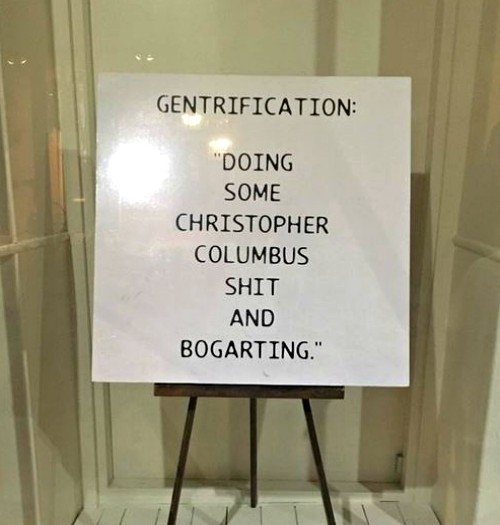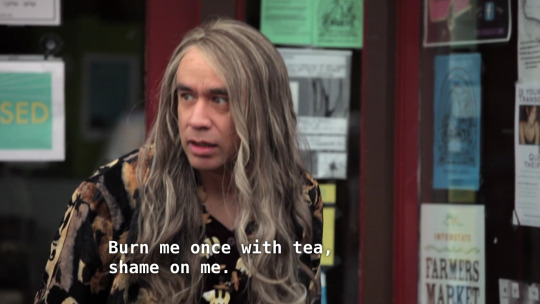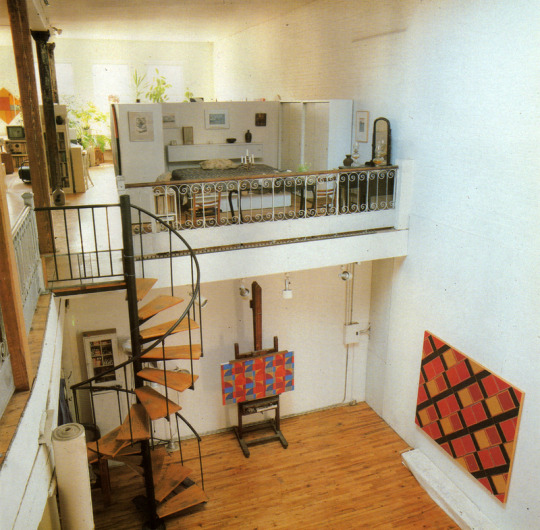Link
14 notes
·
View notes
Link
1 note
·
View note
Link
2 notes
·
View notes
Link
6 notes
·
View notes
Link
2 notes
·
View notes
Link
An article finally talking about the homeless.
1 note
·
View note
Link
1 note
·
View note
Quote
Before I picked up DW Gibson’s The Edge Becomes the Center, I would’ve told you it was impossible to write a significant book about gentrification, as fraught and ubiquitous as it is. But Gibson’s oral history, out in May, is a generous, vigorous, and enlightening look at class and space in New York; it ought to be required reading for the next generation of transplants. In the stories of tenants, buyers, landlords, architects, real estate agents, contractors, and politicians, Gibson has found vibrant humanity in a subject that is, paradoxically, lacking in it. If it seems obvious that gentrification is about people, then why has a book like this been so long in coming? The Edge Becomes the Center raises critical questions about what we expect from our cities and how groups become communities. Mainly, though, it’s a joy to read, its chorus of voices a reminder of oral history’s power. Anyone who cares about the shape and gestalt of life in New York—and anyone who believes in cities as centers of culture—will come away moved.
Dan Piepenbring, The Paris Review
7 notes
·
View notes
Quote
I’ve noticed throughout my long life that people with vested interest in things staying the way they are regularly insist that both change and accountability are impossible.
The Gentrification of the Mind by Sarah Schulman
155 notes
·
View notes
Photo

“Feminist scholars have shown that built landscapes – the landscapes of home, parks, shopping districts and public squares – are remarkable in their desire to confine and control women. Take, as only one example, the development of the suburban landscape….…
Ideally modern, suburban women guarded the private space of hearth and home, providing refuge from the public sphere. In all practicality such a role, as it was concretized in the landscape of suburbia, has meant a spatial isolation of women.”
Mitchell, D - Cultural Geography: a critical introduction (2000)
307 notes
·
View notes
Photo

Photographed by Arnold Newman
Robert Moses, John D. Rockefeller III, along with various other people involved are sitting on a rooftop in the neighborhood they are demolishing, Lincoln Square, the following day. They are posing with the model of Lincoln Center, which will be built in the neighborhood’s place. Seventeen blocks were demolished during Urban Renewal, and 7000 families displaced.
132 notes
·
View notes
Photo
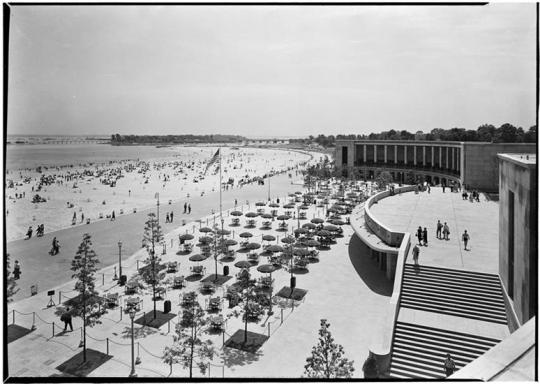
Orchard Beach, Bronx, NYC, NY Photo by Samuel H. Gottscho, 1934 Image via Museum of the City of New York (Print Available)
One of Robert Moses’ many public recreation area projects.
From MCNY:
Orchard Beach Catering Corp., Orchard Beach, Bronx.
189 notes
·
View notes
Photo
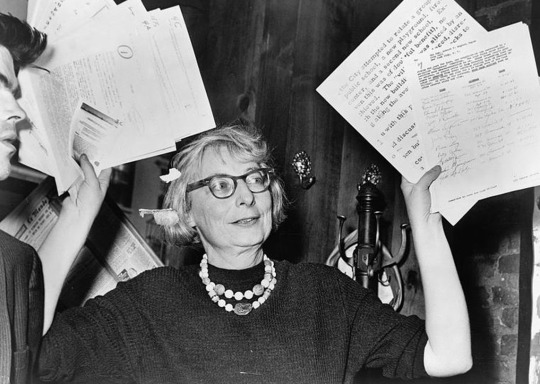
MAY 4 - JANE JACOBS
Jane Jacobs was a journalist, author and activist who championed a community-based approach to urban planning. Without formal urban planning training, she successfully organized a grassroots mission and fought back against Robert Moses, looking to bulldoze Greenwich Village and put in an expressway.
_______________________________________________
This submission was brought to you by Janie Stolar - proud of women and proud of great Janes. You should probably follow her on Twitter.
36 notes
·
View notes
Photo
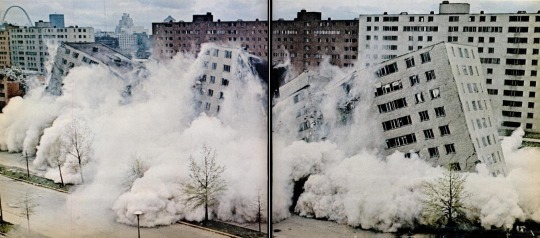
Demolition of public housing internationally infamous for its poverty, crime, and segregation, St. Louis, Missouri, April 1972
123 notes
·
View notes
